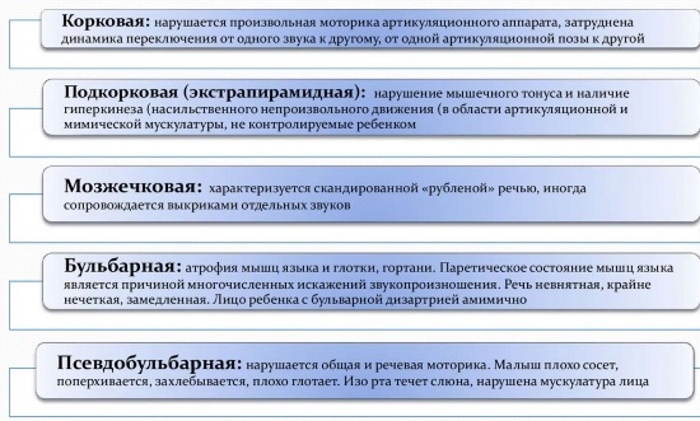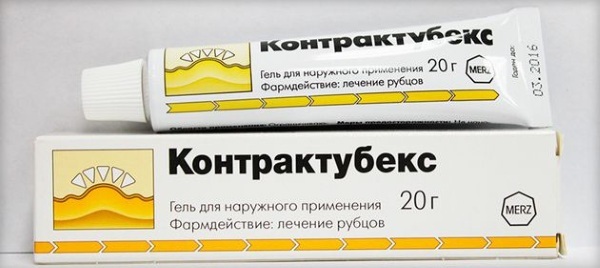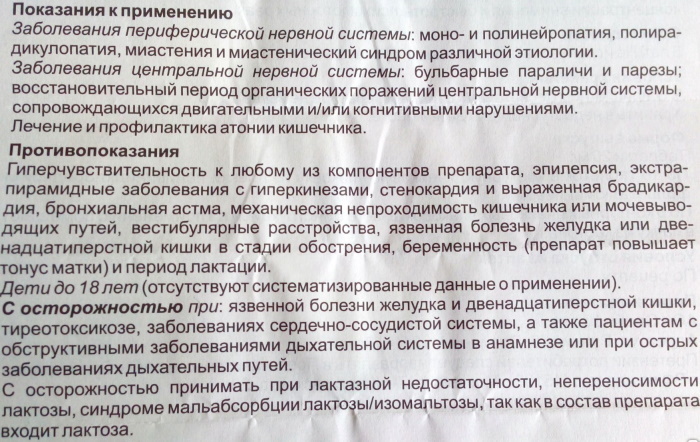Staphylococcus, Streptococcus, Pseudomonas aeruginosa can play the role of the main pathogens of purulent cellulitis neck, face, hands or other body parts. Obligate anaerobes that are actively multiplying in the complete absence of oxygen, can cause the development of severe disease.

What it is?
Cellulitis - an acute purulent inflammation of the adipose tissue, which has no clear boundaries. Adipose tissue surrounding the various organs, nerves and blood vessels, has a connection with nearby areas. Therefore purulent process, having arisen in one place can quickly spread to neighboring areas, causing skin lesions, muscles, tendons, bones and internal organs.
Causes of
Abscess develops when penetrating the tissue of pathogenic microflora. Pathogens are most often staphylococci, streptococci, Proteus, Pseudomonas aeruginosa, Enterobacteriaceae, E. coli.
First serous infiltration occurs fiber then becomes purulent exudate. Foci of necrosis appear merging with each other, thereby generating large areas of tissue necrosis. These sites are also subject to purulent infiltration. Necrotic process extends to the surrounding tissues and organs. Changes in the tissues depends on the pathogen. Thus, anaerobic infection entails necrotic tissue with the emergence of gas bubbles, and coccal pathogens - purulent fusion of tissues.
The microorganisms invading the fatty tissue contact or hematogenous route. Among the most frequent causes of cellulitis release:
- soft tissue injuries;
- Purulent diseases (boils, Carbuncles, osteomyelitis);
- Violation of antiseptics during therapeutic procedures (injections, punctures).
Types and localization phlegmon
Taking into account the classification of anatomical localization of cellulitis can highlight these types of pathology:
- Serous - initial form of abscess inflammation. It is characterized by the formation of inflammatory exudate and intense attraction of white blood cells in the pathological focus. At this stage there is palpable infiltration, since the fiber is impregnated with a gelatinous turbid liquid. No clearly defined boundaries between healthy and inflamed tissues. In the absence of the prescribed treatment time has been a rapid transition to a purulent or putrid form. The development of one or another form associated with causative microorganisms, which fell into the entrance gate
- Putrid - called anaerobic microorganisms that produce certain unpleasant odors in the course of their life. Affected tissue have a brown or green color, dissolve in a gelatinous mass and emit a stinking odor. This creates the conditions for rapid penetration of toxic substances in the blood system to the development of severe intoxication, leading to multiple organ failure.
- Purulent - pathogenic microorganisms and released from phagocytes enzymes lead to digestion of the tissues and necrosis and purulent secret. The latter is a dead white blood cells and bacteria, so it has a yellowish-green color. Clinically, this form corresponds to the appearance of cavities, erosions and ulcers, which are covered with a purulent coating. With a sharp decrease immune power of human phlegmonous process extends to the muscle and bone and their subsequent destruction. The main diagnostic feature at this stage - the lack of muscle bleeding in mild poskablivanii.
- Anaerobic. In this case, the morphological characterization process is serous character, but because of necrosis of seats allocated gas bubbles. Due to their presence in the tissues there is a characteristic feature - an easy crepitus. skin flushing slightly expressed, and the muscles are "cooked" appearance.
- Necrotic. It is characterized by the appearance of necrotic areas, which are clearly distinguished from healthy tissue. The boundary between them - it leukocyte shaft, from where subsequently formed barrier granulating, the necrotic portions can be melted or torn away. Such delimitation leads to the formation of abscesses, prone to self-opening.
- chest;
- thigh;
- buttocks;
- back (especially the bottom);
- sometimes - the face and neck area.
As well, depending on the localization abscess is divided into the following varieties:
- Podfastsialnaya.
- Subcutaneous that progresses directly into the subcutaneous fat layer.
- Intermuscular, which is usually accompanied by a current or progressive inflammatory processes in the muscle layer.
- Kidney accompanied or caused by kidney disease - so penetrates into this region pathogenic microflora.
- Retroperitoneal (retroperitoneal abscess), is detected by carrying out a general examination of the abdominal cavity with frequent complaints of the patient for pain in the abdomen.
- Okolopryamokishechnaya located around the rectum and its origin due to the penetration of pathogens through the rectum wall. The most common cause of cellulitis in this case are current long-term constipation and the instability of the intestine.
Since the main cause of phlegmon be considered penetration of pathogens in tissue fat breaks and cracked skin, these places for any mechanical damage requires pay particular Attention.

symptoms
Phlegmon in acute forms evolve rapidly. In patients showed a significant increase in temperature over 40 ° C, which is accompanied by fever, headache, thirst and dryness of the mouth. Against the background of general intoxication observed weakness, drowsiness. Often nausea and vomiting. Increased blood pressure, heart rhythm is disturbed. The number of voids in the patient is reduced until the complete termination.
The affected areas occurs seal swelling, hot to the touch, the skin shiny. Set clear boundaries can not be education. There is a significant portion of the soreness, lymph nodes, located near the source of inflammation increased. With further development of the disease densified regions tend to soften, the formation of purulent cavities, filling which sometimes independently breaks out through the fistula or extends further to neighboring tissues, causing inflammation and further process destruction.
Symptomatology deep abscesses more pronounced and evident in the early stages.
neck abscess
Abscesses and phlegmon of the neck are classified as diseases for which is unpredictable, and the consequences can be very severe and even dangerous for the patient's life. In most cases, a source of pathogenic infection in phlegmon neck are inflammatory processes in oral cavity and pharynx - pharyngitis, laryngitis, Chronic dental caries and the like diseases.
Superficial abscesses and cellulitis of the neck most likely to occur over the deep cervical fascia and so they do not pose any particular risk, because they are easily accessible for quick opening. Most abscesses in the neck localized submental and submandibular regions. The clinical picture in this type of abscesses following: the overall temperature rises to 39 degrees Celsius, the patient feels severe headache, general weakness and malaise.
Laboratory analysis of blood shows elevated levels of white blood cells. In the absence of timely treatment of abscess progresses and the inflammation spreads to the large veins of the facial area, there is also the risk of purulent meningitis.
brush abscess
There is a deep subcutaneous regions of the brush. Usually, inflammation is the result of contact with purulent infection through scratches, wounds and cuts. The following subtypes cellulitis brush: in the middle palmar area, on the hill of the thumb and abscess in the form of cufflinks. Phlegmon brush can be formed anywhere on the wrist area with the subsequent distribution on the back of the hand. The patient feels severe throbbing pain, brush the fabric swells considerably.
facial abscess
It's pretty hard subtype of the disease that occurs primarily in the temporal region, around and under the jaw chewing muscles. When cellulitis face the patient has severe tachycardia and increase in body temperature to 40 degrees, facial tissues severely swollen, it is a violation of chewing and swallowing function.
Patients with suspected phlegmon persons should be immediately hospitalized in a specialized medical institution (dental surgery department). If untreated, cellulitis face projections - always extremely unfavorable.
What is cellulitis: photo
The photo below shows how the disease manifests itself in humans.

Diagnostics
The attending physician will determine the illness without problems in its initial stages. Typical swelling, redness "surrender" phlegmon. But here's the festering wounds, ulcers should be studied to understand the reason, the exact name of the infection. To do this, carry out ultrasound, tomography, X-ray diffraction. In complex cases, resorting to a puncture biopsy.
All of these methods help to examine the extent of the disease, to pinpoint the causative agent. These manipulations - the key to successful treatment.
How to treat phlegmon?
Untreated phlegmon solely in the stationary mode. Initially, you need to remove pus, respectively, treatment begins with the evacuation of the purulent exudate - opening and drainage. It is going excision of necrotic areas, as well as additional dissection and excision of the propagation of pus. This procedure is not carried out only when the abscess is in the initial stage of its development, when not yet formed pus.
How to treat phlegmon? There are effective physiotherapy:
- Bandage according Dubrovin (compress with a mixture of yellow mercury).
- Dermoplastika.
- UHF tearapiya.
- Lamp SoLux.
- Warming packs and heating pads.
- Infusion therapy.
Widely used medications that promote recovery and rejection of dead tissue:
- Pain medication.
- Antibiotics.
- A solution of calcium chloride.
- A solution of glucose.
- Adonilen, caffeine and other drugs that improve cardiovascular work.
- Protivogangrenoznye serum.
- A solution of hexamine.
- Proteolytic enzymes.
- Ointment with enzyme - iruksol.
- Oil of sea buckthorn and Dog rose.
- Troksevazin.
- Bracing means.
- Immunomodulators.
At home, no treatment, so as not to provoke chronization disease or the spread of pus. As diet advocates drinking plenty of fluids and eating foods rich in vitamins. The patient bed rest overstated the limb is affected.
complications cellulitis
When possible untimely treatment such common complications like sepsis (delivery of microorganisms in blood and the spread of infection by throughout the body), thrombophlebitis (purulent inflammation of the veins with the formation of blood clots and microabscesses), purulent arteritis (destruction of the wall artery microorganisms with the development of major bleeding, which is very difficult to stop), secondary purulent streaks propagation process.
In phlegmon depending on the location and also secrete specific complications such as purulent meningitis (Inflammation of the meninges) with phlegmon of the orbit, or mediastinitis (inflammation mediastinal organs) at phlegmon of the neck.

prevention
The main measures to prevent the occurrence and development of disease is to minimize the risk of a variety of micro traumas at work and at home. Also, be aware of the rules of first aid for wounds and in the presence of invading foreign bodies.



